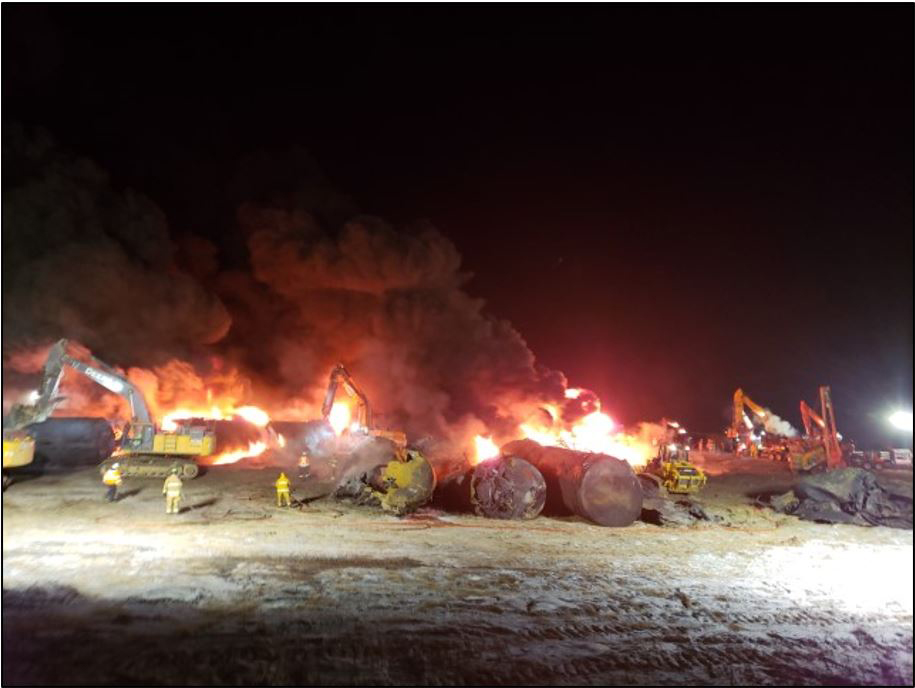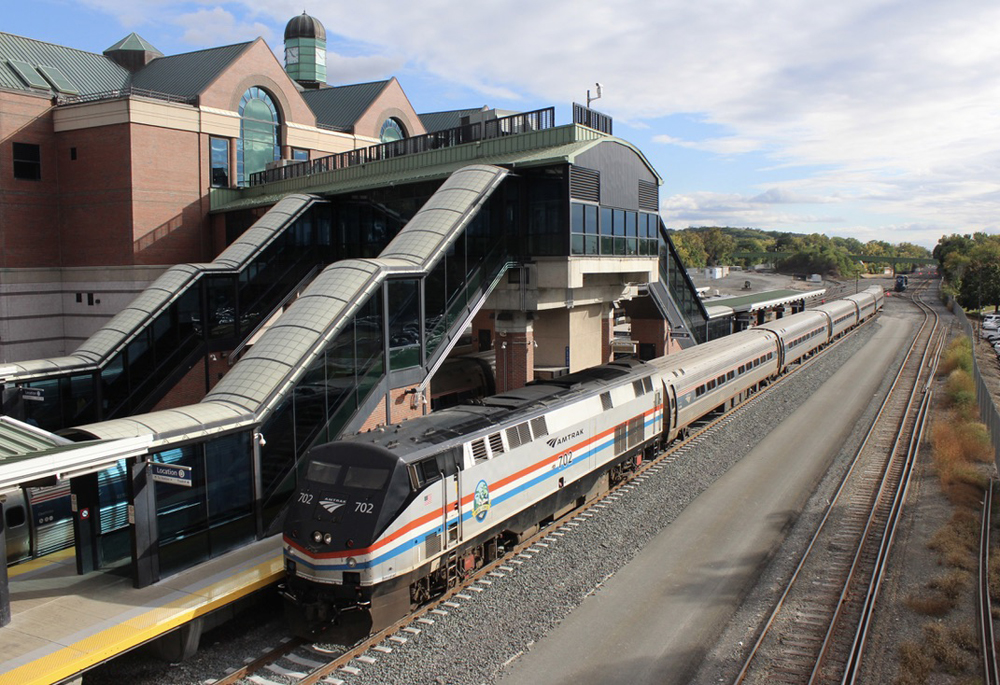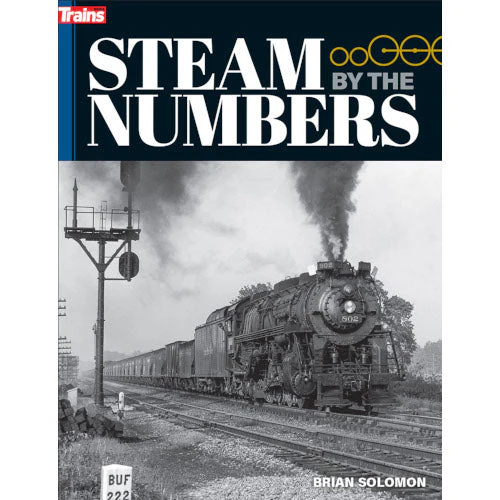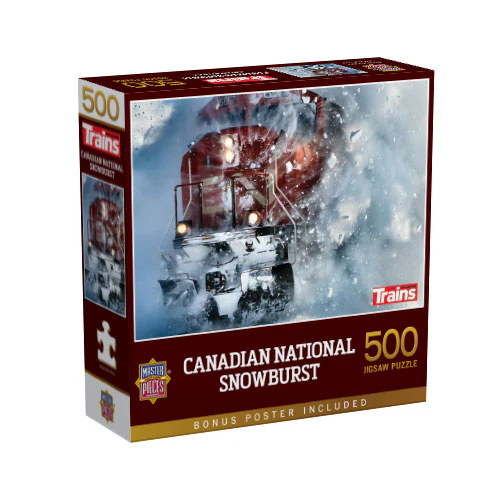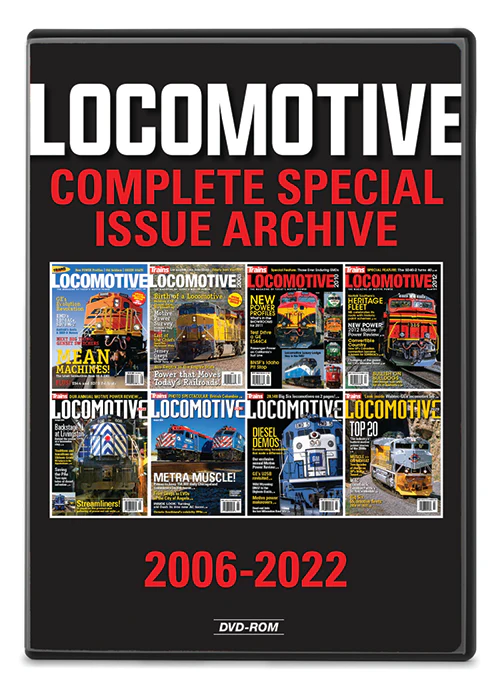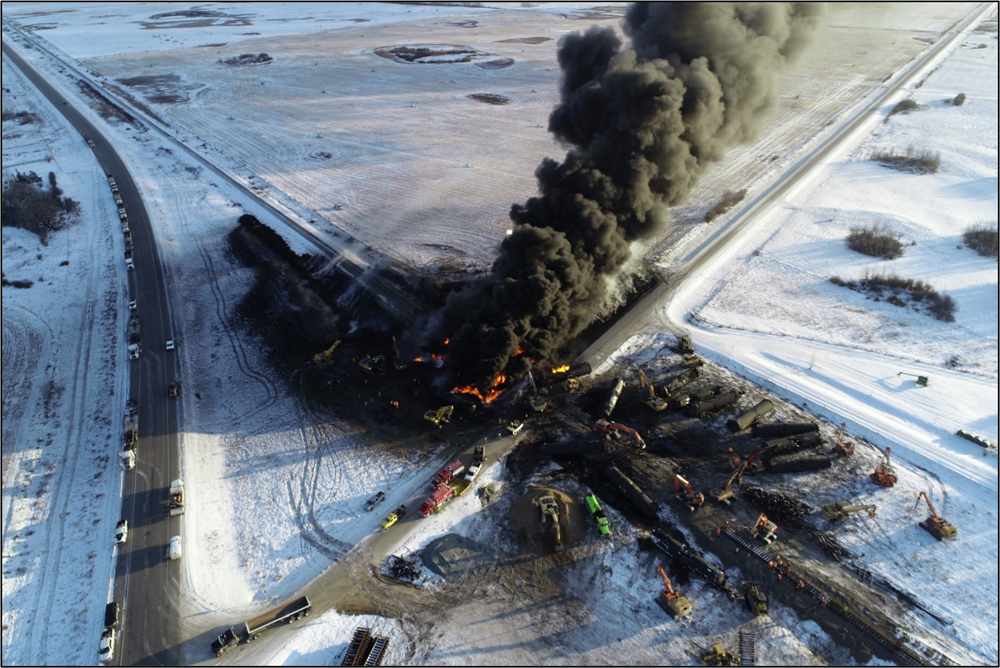
WINNIPEG, Manitoba — A broken rail led to a December 2019 derailment and fire involving a Canadian Pacific crude oil train near Guernsey, Saskatchewan, the Transportation Safety Board of Canada said in a report released Thursday.
The incident, along with another derailment in the same area about two months later, led to changes in Canadian rules regarding train speed for hazardous-material “key trains,” as well as winter operating rules.
The Dec. 9, 2019, incident saw 33 cars derail. Twenty of those cars were breached, releasing some 1.77 million liters of oil (more than 467,500 gallons) that burned for nearly 24 hours. No injuries resulted and no evacuations were required.
The train, with one head-end locomotive, 101 cars, and one tail-end distributed power unit, was traveling east on the Sutherland Subdivision at 44 mph just after midnight when the crew observed a gap in the south rail at a grade crossing. An emergency brake application followed, with the crew observing a large explosion as the head-end locomotive and first car, a buffer car, separated from the train. The crew moved the locomotive and car to a safe location east of the accident and made required emergency radio notifications.
Review of onboard video showed a gap in the rail; investigation determined the rail had likely broken under the passage of a previous train. The TSBN found that cold weather likely contributed to the rail break — the temperature was minus-19 Celsius, or minus-2.2 Fahrenheit, at the time of the derailment. The agency also found that while the train was operating in accordance with rules regarding key trains, train speed contributed to the number of cars that derailed and that were breached. The dynamics of the derailment, the properties of the oil being moved, and the topography of the derailment site — which sent the spilled oil into a ditch formed by the rail right-of-way and two adjacent roadways— all contributed to the amount of damage, oil released, and the intensity of the fire.
As a result of this derailment and a second in Guernsey about two months later, the TSB issued two safety advisories to Transport Canada in 2020. One called on the transportation agency to further review and modify speeds for key trains, while the other called for enhanced track standards on key routes. Transport Canada issued ministerial orders addressing those concerns until new permanent rules were adopted in 2021 [see “Digest: Transport Canada issues updated rules …,” Trains News Wire, Feb. 23, 2021].
Canadian Pacific subsequently introduced a system to help detect broken rails [see “Canadian Pacific deploying new broken-rail detection system …,” News Wire, Oct. 27, 2020] and has added more autonomous track geometry measuring equipment
The full TSB report is available here.
